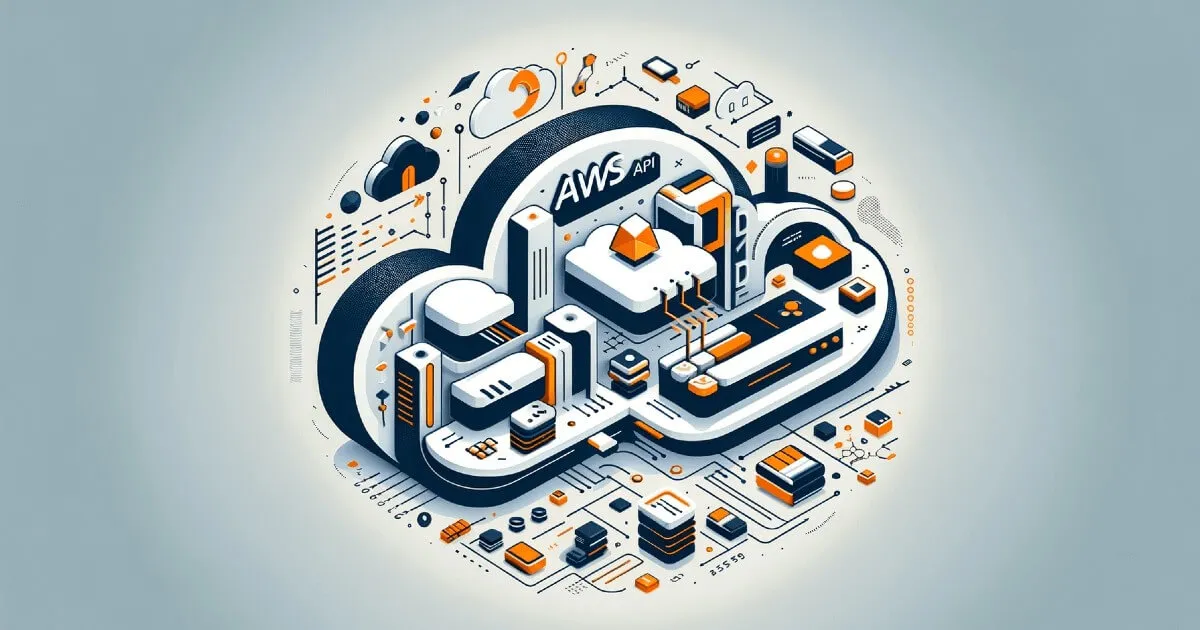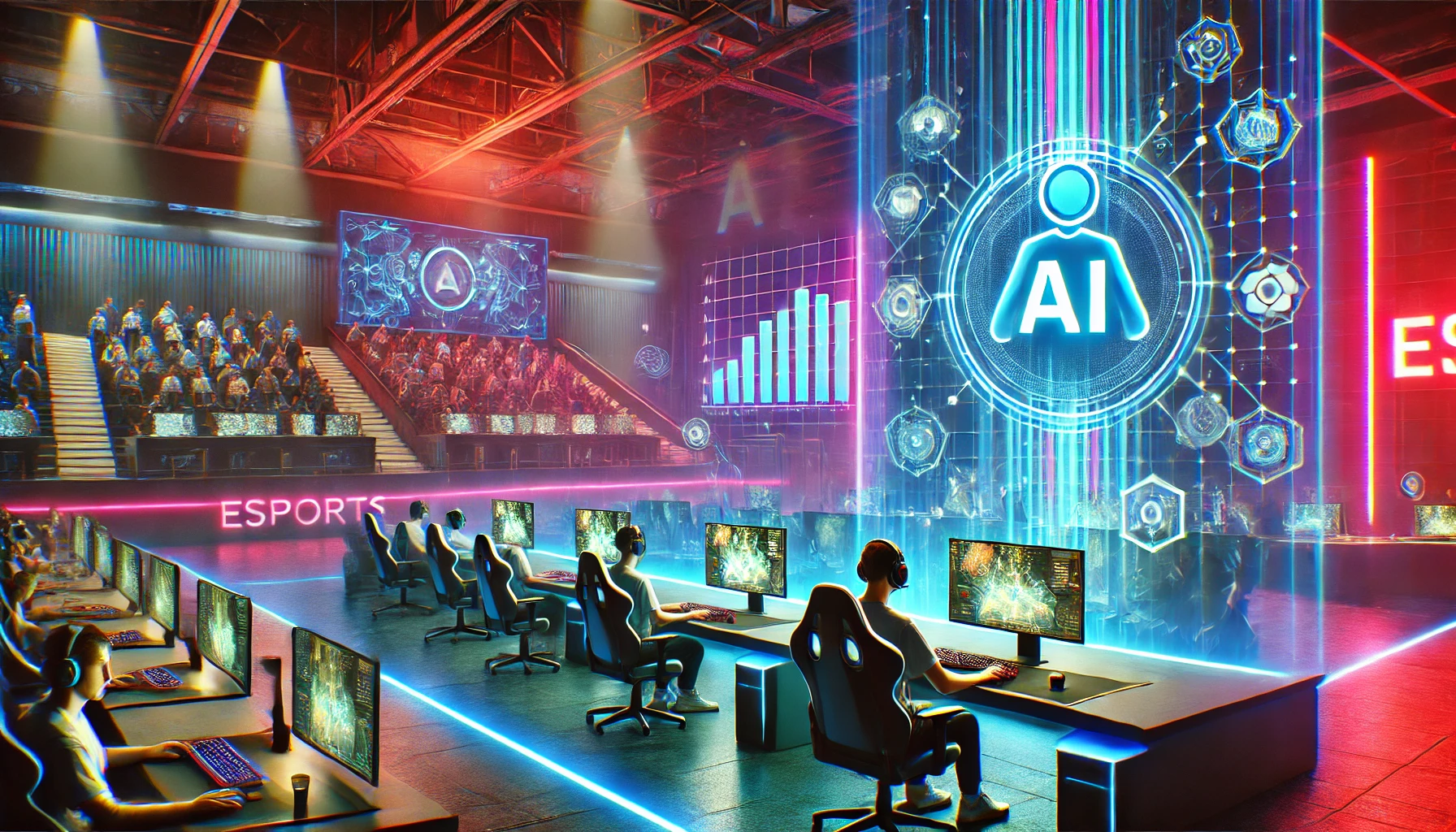Mastering Serverless Architecture: A Complete Guide for 2024
Discover how serverless architecture is revolutionizing modern application development in 2024, offering scalability, cost efficiency, and faster deployment.
- Serverless Architecture
- Cloud Computing
- Web Development
- Technology

Mastering Serverless Architecture: A Complete Guide for 2024
What is Serverless Architecture?
Serverless architecture is a cloud-computing execution model where the cloud provider manages the infrastructure, allowing developers to focus solely on writing code. Unlike traditional models, where servers must be provisioned and managed, serverless computing eliminates this burden by running applications in stateless, event-driven environments.
Why Serverless Architecture Matters in 2024
In 2024, businesses are increasingly adopting serverless solutions for their cost-effectiveness, scalability, and rapid deployment capabilities. With cloud providers like AWS, Google Cloud, and Azure enhancing their serverless platforms, developers are building applications faster while minimizing overhead costs.
Key Features of Serverless Architecture
- No Server Management: Developers don’t need to manage infrastructure.
- Scalability: Serverless applications automatically scale with demand.
- Cost Efficiency: Pay only for actual usage, avoiding idle server costs.
- Event-Driven Execution: Applications run in response to events or triggers.
- Faster Deployment: Accelerates time-to-market for applications.
Benefits of Serverless Architecture
1. Cost Optimization
Serverless platforms operate on a pay-as-you-go model, meaning you are charged only for the compute resources your applications consume. This eliminates costs associated with idle servers and over-provisioning.
2. Automatic Scalability
Serverless applications scale automatically based on incoming traffic and workloads. Whether you have 10 or 10,000 requests, serverless platforms adjust to ensure consistent performance.
3. Faster Development Cycles
Serverless architecture allows developers to focus on writing functions instead of managing servers. This accelerates development, reduces maintenance, and improves deployment efficiency.
4. Improved Flexibility
With event-driven execution, serverless solutions enable flexibility for a wide range of use cases, such as API backend services, real-time file processing, and IoT applications.
5. High Availability and Fault Tolerance
Cloud providers ensure serverless applications run in highly available, fault-tolerant environments. Built-in redundancy and failover mechanisms reduce downtime.
Serverless Architecture Use Cases
Serverless computing is ideal for several scenarios:
- API Backends: Build scalable APIs without managing servers.
- Real-Time Data Processing: Analyze streams of data as they arrive.
- Microservices: Create modular services that run independently.
- Scheduled Tasks: Automate cron jobs and background tasks.
- Chatbots and AI Services: Deploy AI-driven services at scale.
Popular Serverless Platforms
- AWS Lambda: The most popular serverless offering, providing event-driven execution for a variety of triggers (S3, DynamoDB, API Gateway, etc.).
- Google Cloud Functions: Google’s serverless solution for lightweight event-driven functions.
- Azure Functions: Microsoft’s serverless platform supporting .NET, Python, and Node.js.
- IBM Cloud Functions: A scalable solution based on Apache OpenWhisk.
- Vercel and Netlify: Serverless functions designed specifically for front-end development.
How to Build a Serverless Application
- Choose Your Cloud Provider: Select AWS, Google Cloud, or Azure.
- Write Your Code: Write stateless functions (e.g., Node.js, Python, Go).
- Set Up Triggers: Define event triggers, such as HTTP requests, file uploads, or database updates.
- Deploy: Use tools like AWS SAM, Serverless Framework, or Terraform for deployment.
- Monitor and Scale: Utilize built-in monitoring tools to optimize performance.
Challenges of Serverless Architecture
While serverless offers numerous advantages, it does come with challenges:
- Cold Start Latency: Initial execution of functions can introduce latency.
- Vendor Lock-In: Dependence on specific cloud providers can limit flexibility.
- Debugging Complexity: Debugging serverless applications can be challenging.
- Resource Limits: Cloud providers enforce resource and execution time limits.
Best Practices for Serverless Applications
- Optimize Function Size: Keep your functions lightweight and focused on a single task.
- Minimize Cold Starts: Use tools like Provisioned Concurrency (AWS Lambda) to reduce latency.
- Monitor Performance: Use monitoring tools like AWS CloudWatch, Google Stackdriver, and Azure Monitor.
- Use Infrastructure as Code (IaC): Automate deployments using tools like Terraform or CloudFormation.
- Secure Your Functions: Implement IAM roles, API gateways, and encryption to enhance security.
The Future of Serverless Architecture
The future of serverless computing in 2024 looks promising, with advancements such as:
- Edge Computing Integration: Combining serverless with edge computing to reduce latency.
- AI-Driven Automation: Using AI to optimize function execution and resource allocation.
- Multi-Cloud Serverless: Serverless platforms working seamlessly across multiple cloud providers.
- Increased Adoption in Enterprises: More organizations shifting to serverless for cost savings and agility.
Conclusion
Serverless architecture is transforming modern application development by offering scalability, cost efficiency, and faster deployments. As we move into 2024, mastering serverless platforms like AWS Lambda, Google Cloud Functions, and Azure Functions is essential for developers and businesses aiming to build next-generation applications.
By leveraging the power of serverless, developers can focus on creating innovative solutions without worrying about infrastructure management. The future of serverless architecture is here, and it’s time to embrace this game-changing technology.
Related Blogs

How AI is Shaping the Future of Content Creation in 2024
Discover how AI is transforming content creation with innovative tools, smarter algorithms, and enhanced creativity in 2024.

How AI is Revolutionizing eSports: A Deep Dive
Discover how artificial intelligence is reshaping the eSports industry, from game strategy analysis to player performance optimization.

Astro.js vs Next.js: Which One Should You Choose for Your 2024 Web Development Projects?
Compare Astro.js and Next.js to determine the best framework for your 2024 web development needs. Discover key features, differences, and use cases to make an informed decision.

From Zero to Hero: Beginner’s Guide to Building Progressive Web Apps in 2025
Learn how to build Progressive Web Apps (PWAs) from scratch in 2025 with this beginner-friendly guide. Discover essential tools, best practices, and step-by-step instructions to create fast, reliable, and engaging PWAs.

Behind the Scenes of Apple's Product Launch: What You Didn't Know!
Explore the hidden processes, untold stories, and meticulous planning that make Apple's product launches legendary.
